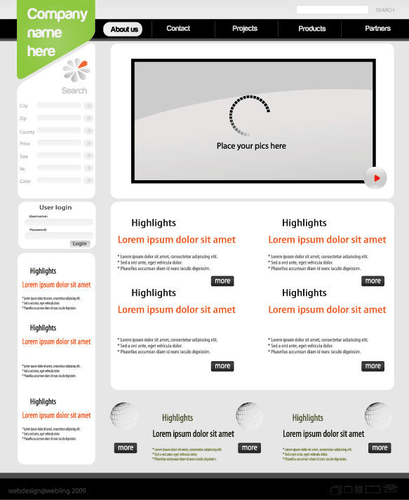Basic Bookkeeping for Beginners: 6 Steps to Get You Started
October 2, 2020 4:09 pm Leave your thoughts
From deferred revenue tracking and complex payroll, to inventory management and equipment depreciation, Enkel is your go-to partner for bookkeeping and back office functions. The most fundamental aspect of running a healthy business is tracking the money that both comes in and goes out of the gym. It’s your floating income and costs, your accounts receivable and payable, that you’ve got to put extra attention into tracking. Expense management in gym accounting requires a careful analysis of common expenses such as rent, utilities, equipment maintenance, variable costs like inventory replenishment and marketing campaigns. You’ll need to prepare regular financial statements, such as profit and loss statements, balance sheets, and cash flow statements. These are important for understanding your business’s financial health, making informed decisions, and reporting your income accurately for tax purposes.

Financial Analysis Tools for Gym Owners
They must also account for any additional expenses incurred during installation or renovation. Depending on your location, you may need to collect sales tax on certain goods and services sold, like merchandise or personal training services. You’ll need trial balance to understand your local sales tax laws and set up systems to collect, report, and pay these taxes. At Fitness Taxes, we understand the unique financial challenges gym owners face.
– Pay for Qualified Business Expenses with the Account

You will also learn about the fundamentals of bookkeeping (cashbooks, ledgers and journals). Most law firms use Interest on Lawyers’ Trust Accounts (IOLTA) for short-term or smaller client funds. These accounts generate interest, which is then allocated to legal aid programs rather than the firm. Lawyers are ethically and legally required to keep client funds completely separate from firm operating accounts. Mishandling client retainers or settlements—even unintentionally—can lead to penalties, ethics violations, or disbarment. Keeping the retained earnings account up-to-date is important for investors and lenders who need to track the company’s performance over time.
- At Supporting Strategies, our experienced, U.S.-based professionals use secure, best-of-breed technology and a proven process to provide a full suite of bookkeeping and controller services.
- Exercise.com’s software can assist with some of these tasks by providing streamlined billing, financial reporting, and payroll functionality.
- Benefit from strategic insights, financial planning, and a level of guidance that propels your business towards sustainable success.
- The goal is to accurately reflect the financial status of the gym through organized records, which is critical for making informed business decisions.
- Bookkeeping is the process of recording all your business’s financial transactions systematically.
- We are offering free 1 Month Basic Bookkeeping to all new customers so you can experience Accracy’s seemless and professional services.
- Four tasks for gym accountants might include handling payroll, managing accounts payable and receivable, tracking and categorizing expenses, and preparing financial statements.
Handling EFT Payments for Gym Membership
We are also able to handle sales tax issues surrounding your merchandise sales. As a result, come tax season, you can rest easy knowing your gym’s financials have been accurately managed Retail Accounting all year long, ensuring a smooth process. Let Accracy handle your books, so you can focus on keeping your clientele fit and active. Just as you wouldn’t bench press your max weight without a spotter, you don’t want to embark on managing your accounting needs without support.
Accounting for Gyms (BIG Gym Accounting Guide)
Accurate calculation of these taxes as well as proper filing and timely remittance demonstrate compliance with tax regulations. In the latter case, deductions are made from employee wages to cover their portion of the premiums. This requires meticulous record-keeping and coordination with insurance providers to ensure accurate calculations and timely payments. To ensure financial stability and profitability, gyms must implement effective budgeting techniques. Start by creating a comprehensive budget that includes all anticipated expenses and revenue projections for the upcoming period.

Inventory Management and Bookkeeping for Gym Equipment

It can also help you manage your inventory, track your income and expenses, generate financial reports, and create budgets. Additionally, monitor your outstanding bills (accounts payable) and pay them on time to maintain good relationships with suppliers, avoid late fees, and manage your business’s credit rating. Bookkeeping for a gym involves manually or automatically recording membership fees and other recurring revenue on a consistent basis. This is bookkeeping for personal trainers typically done using accounting software that keeps track of all transactions.
Categorised in: Bookkeeping
This post was written by vladeta



